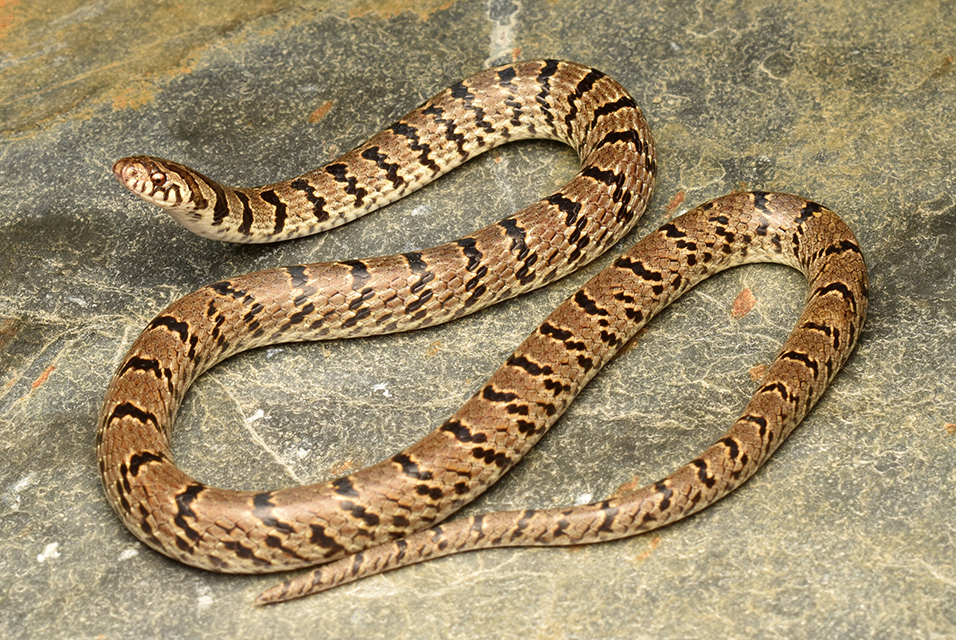SOFIA.- Intrigued by a photo shared on Instagram, a research team from India discovered a previously unknown species of kukri snake.
Staying at home in Chamba because of the COVID-19 lockdown, Virendar K. Bhardwaj, a master student in Guru Nanak Dev University in Amritsar, started exploring his backyard, photographing everything he found there and posting the pictures online. His Instagram account started buzzing with the life of the snakes, lizards, frogs, and insects he encountered.
One of those photos—a picture of a kukri snake—popped up in the feed of Zeeshan A. Mirza (National Centre for Biological Sciences, Bangalore) and immediately caught his attention. After a chat with Harshil Patel (Veer Narmad South Gujarat University, Surat), he decided to get in touch with Virendar and find out more about the sighting.
The snake, which Virendar encountered along a mud road on a summer evening, belongs to a group commonly known as Kukri snakes, named so because of their curved teeth that resemble the Nepali dagger "Kukri."
At first sight, the individual that Virendar photographed looked a lot like the Common Kukri snake (Oligodon arnensis). However, a herpetologist could spot some unique features that raised questions about its identity.
Virendar uploaded the photo on 5 June 2020, and by the end of the month, after extensively surveying the area, he found two individuals—enough to proceed with their identification. However, the COVID-19 pandemic slowed down the research work as labs and natural history museums remained closed.
Upon the reopening of labs, the team studied the DNA of the specimens and found out they belonged to a species different from the Common Kukri snake. Then, they compared the snakes' morphological features with data from literature and museums and used micro computed tomography scans to further investigate their morphology. In the end, the research team were able to confirm the snakes belonged to a species previously unknown to science.
The discovery was published in a research paper in the international peer-reviewed journal Evolutionary Systematics. There, the new species is described as Oligodon churahensis, its name a reference to the Churah Valley in Himachal Pradesh, where it was discovered.
"It is quite interesting to see how an image on Instagram led to the discovery of such a pretty snake that, until very recently, remained hidden to the world," comments Zeeshan A. Mirza.
"What's even more interesting is that the exploration of your own backyard may yield still undocumented species. Lately, people have been eager to travel to remote biodiversity hotspots to find new or rare species, but if one looks in their own backyard, they may end up finding a new species right there."
"Compared to other biodiversity hotspots, the Western Himalayas are still poorly explored, especially in terms of herpetological diversity, but they harbor unique reptile species that we have only started to unravel in the last couple of years," Mirza adds.









